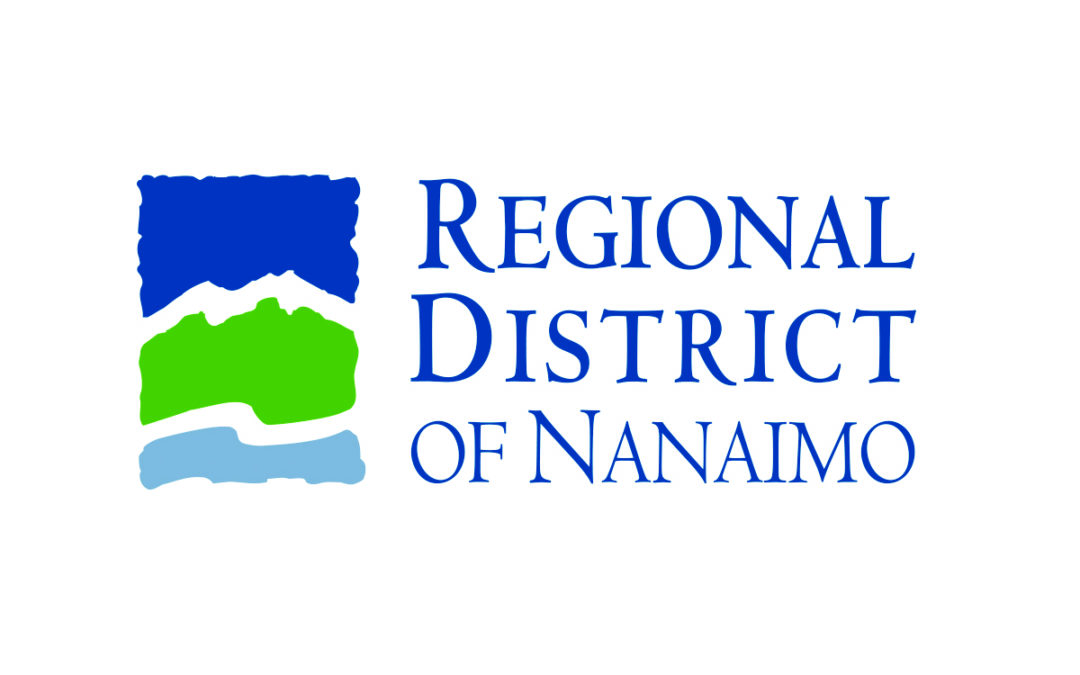Rachelle Stein-Wotten
Local Journalism Initiative Reporter, Gabriola Sounder
Regional District of Nanaimo staff will engage with the province over the voting strength of board directors in anticipation of a growing population resulting in the need for more directors at the board table.
At their May 14 meeting, the board passed a motion to authorize staff to discuss with the Ministry of Affairs a change in the voting unit assigned to the regional district while ensuring representation by population.
The Local Government Act sets board composition – the number of directors that sit on a regional district board – along with each director’s voting strength, which comes into play with weighted votes. Census population figures divided by a voting unit assigned by the Ministry of Municipal Affairs – for the RDN it’s 2,500 – determines composition and voting strength.
That means that every RDN director has one vote for every 2,500 people in their respective jurisdiction, to a maximum of five votes.
Currently, 73 of the votes on the board belong to Nanaimo’s eight directors. Parksville has six; Qualicum Beach and Electoral Areas A, F and G have four, respectively; Area E has three; while Electoral Areas B, C, H and Lantzville hold two in a weighted vote. The 2026 population projections see no change in voting strength for Areas B, C, H and Lantzville while Nanaimo, Parksville, Qualicum Beach and Area E are expected to grow. If the voting unit remains at 2,500, Nanaimo is also projected to gain two directors, increasing to 10, though it only has nine elected positions on its council.
“Barring an increase in [councillors], the RDN voting unit would need to be increased to enable the nine members of council to represent the city’s projected population growth,” a staff report on the projections says.
Currently there are 19 directors representing RDN residents, which is also the total number of seats in the board chambers at the RDN’s administrative building in Nanaimo. Any increase in the number of directors would trigger upgrades. The RDN is already contemplating changes as it also considers how to incorporate First Nations representation. The 2024-28 financial plan includes $500,000 for board chambers/building upgrades and reconfiguration. Staff said it would be “prudent” to undergo discussions with the ministry before moving forward with any plans for the chambers.
A previous, 2017 request to the ministry to increase the RDN’s voting unit to 2,750 was declined. Directors asked what options would be explored with the ministry given that history.
“The point is to explore all options to maintain the principle of representation by population and the composition and operation of the RDN,” Christina Crabtree, general manager of corporate services, said. “So we want to make sure that we explore with the ministry whether or not they would be willing to entertain an increase in the voting unit or if there are options that we can look at.”
Nanaimo Director Tyler Brown asked how this could be prevented from becoming an ongoing problem as the population continues to grow.
“How do you future proof when it’s at such a discrepancy now and a variance between what the proportion of Nanaimo’s population is in comparison to the rest of the regional district combined?”Chief Administrative Officer Doug Holmes responded it would come down to legislative changes, noting the RDN and other partners are currently lobbying for legislative reform across multiple fronts for regional districts. “Is there a more robust legislative framework that can provide for representation by population?”





Recent Comments